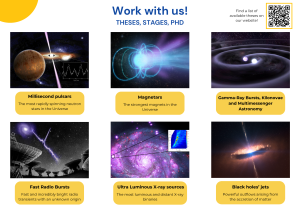
Post-doc opportunities
New positions available:
Post-doc position ``High Time resolution observations of compact objects in the optical band'' Jan 2025 [CLOSED]
Post-doc position ``Data analysis and modeling of the variable radio emission from X-ray binaries observed with MeerKAT and other radio telescopes'' Mar 2024 [CLOSED]
Post-doc position ``Temporal and spectral variability of neutron stars in the optical, UV and X-ray energy bands'' Jan 2024 [CLOSED]
Post-doc position ``Uncovering the optical beat of the fastest magnetised neutron stars (FANS)'' Jan 2023 [CLOSED]
Post-doc position ``Cutting-edge strategies to identify new GEMS'' Feb 2023 [CLOSED]
Post-doc position ``Too B or not too B: the quest for the PULX emission mechanism'' Apr 2023 [CLOSED]
Fellowships: we welcome young enthusiastic colleagues who would like to apply for a fellowship to work with us! Opportunities include European grants (e.g. the Marie Skłodowska-Curie Actions) and national INAF grants (e.g. the Astrofit fellowships). If you are interested, please contact us, we will be happy to assist you through the application process!
Short visits: we are very open to and welcome short visits by our collaborators and friends. Our Observatory has a guesthouse that our guests can use. If you feel like coming to work with us for a short while, please contact us, and we will explore together the possibilities.
Contact: HEAG.oaroma @ gmail.com
Available Theses
Magnetars
Magnetars are the strongest magnets in the Universe and are isolated nutron star with many distinctive properties. Their X-ray emission is in excess of their rotational energy, suggeting that the magnetic field decay is responsible for their emission. Our group is studying both already known and and new objects of the class. Among the possible works are:
- Study of the magnetar CXO J164710.2-455216 in the open cluster Westerlund 1 as seen by EWOCS, and search for new compact objects in the star cluster Westerlund 1;
- Long-based monitoring of the Galactic Center magnetar SGR J1745-2900
The work will be focused on the timing and spectral analysis of archival and proprietary data Results will be interpreted within the framework of the magnetar theory(ies).
Contact: gianluca.israel @ inaf.it
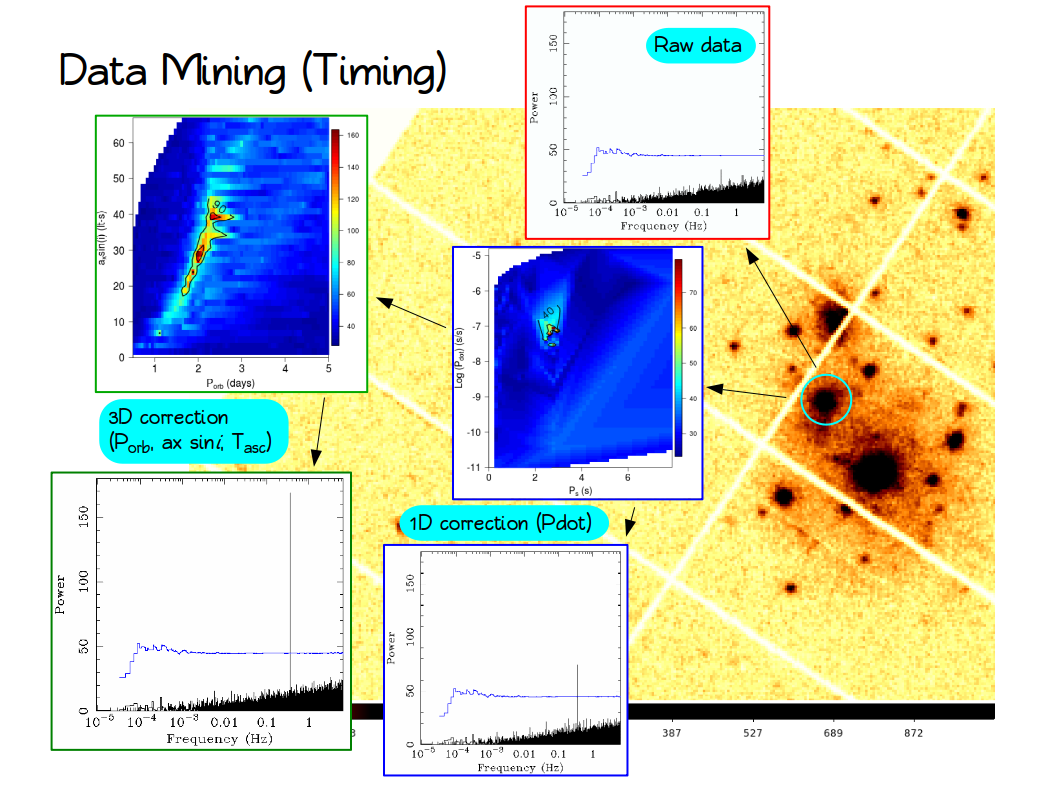
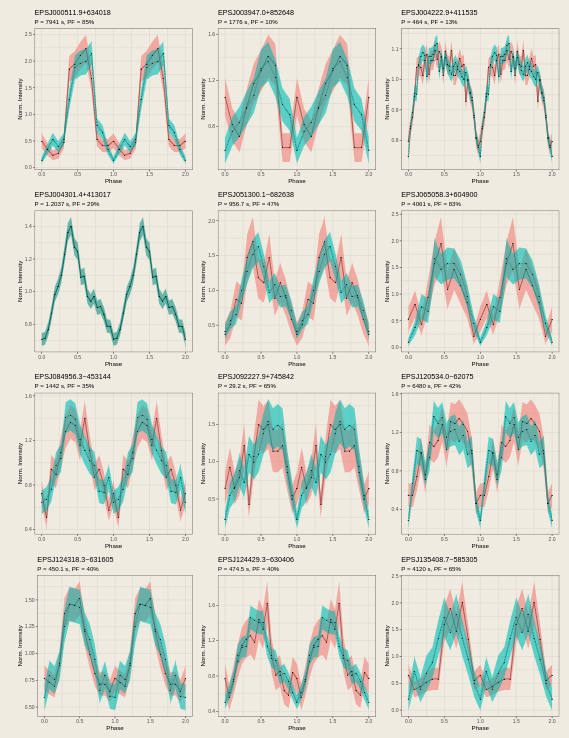
Jets in X-ray binaries
- Study of the fast variability in the infrared and X-ray emission from black-hole X-ray binaries and their jets: We have collected many exciting datasets, observing different X-ray binaries - all harbouring an accreting black hole - simultaneously with the infrared fast photometer HAWK-I (mounted on the 8-m class ESO telescope VLT) and with different X-ray satellites/instruments (including the ESA telescope XMM-Newton and the NASA instrument NICER mounted on the Space Station). The goal is to identify and characterise the jet variable infrared emission, and its connection with the X-ray emission from the accretion flow, measuring the physical properties of the jet and constraining the jet launching mechanism. Depending on their attitude, the student can focus on different aspects of the project - from the technicalities of the data reduction to the application or even the development of more advanced timing techniques to the physical interpretation of the results - or all of them for a very ambitious project!
- Long-term monitoring of black-hole transients: We have collected a large amount of data, observing routinely different X-ray binaries with the INAF robotic telescope REM, which observes simultaneously in 5 bands (4 optical and 1 near-infrared). Parallel X-ray monitoring is available through the all-sky monitors onboard X-ray satellites. In many cases, contemporaneous radio observations are also available. The goal is to study and model the long-term evolution of the jet spectral properties, placing constraints on its radiative and geometrical properties. The student will learn and apply standard data reduction techniques and state-of-the-art spectral modelling.
- Modelling the dynamics of relativistic jets from black-hole X-ray binaries and Active Galactic Nuclei: the student will learn to reduce and analyse radio interferometric data from the SKA-pathfinder MeerKAT...
- Exploring the connection between accretion and ejection in neutron star X-ray binaries: based on large multi-wavelength datasets (mostly radio and X-rays, but also infrared and optical). The student will learn how to handle large pre-reduced datasets, exploring multi-dimensional parameter space to search for correlations, also in comparison with the behaviour of black-hole X-ray binaries in similar parameter spaces.
Contact: piergiorgio.casella @ inaf.it
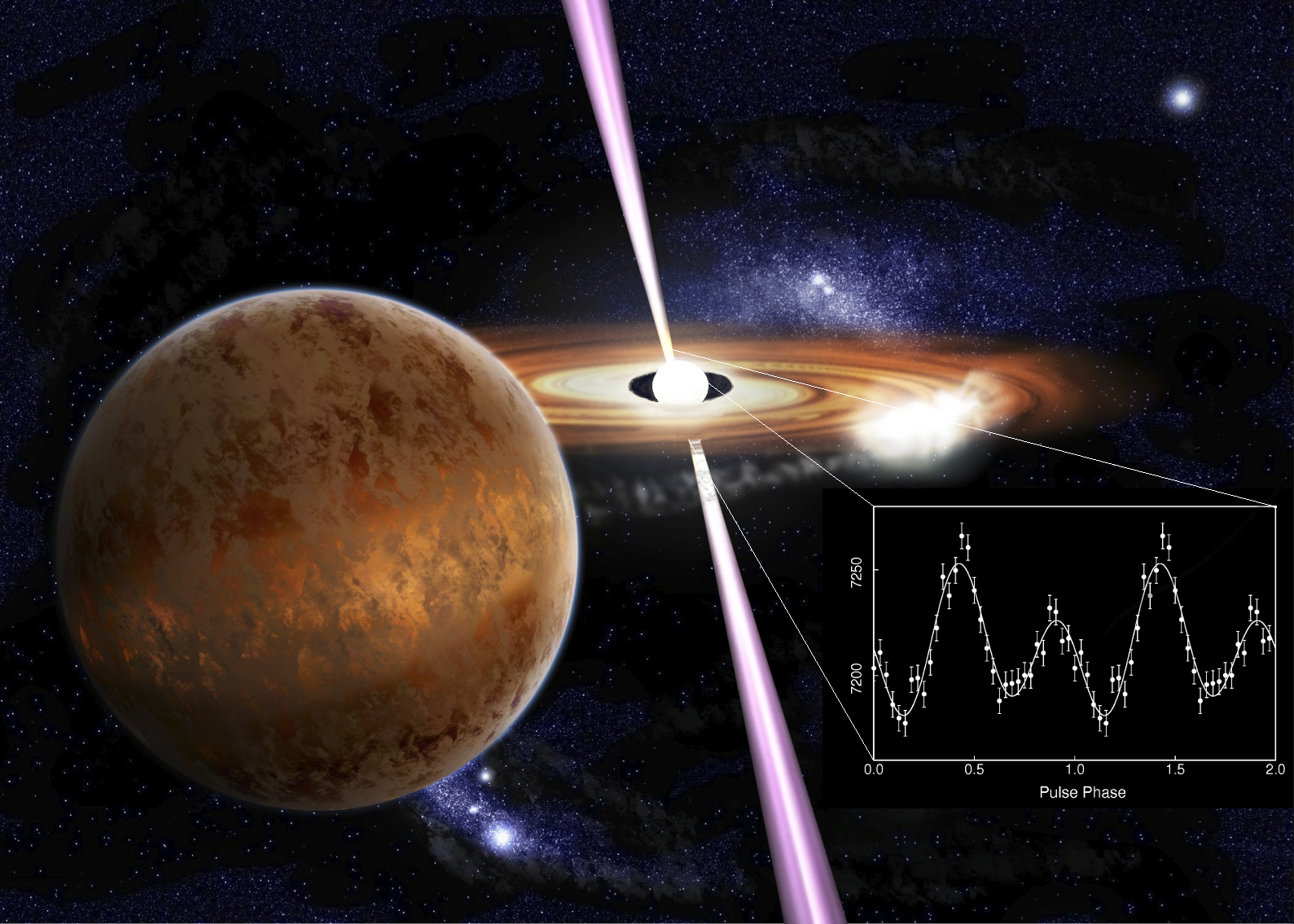
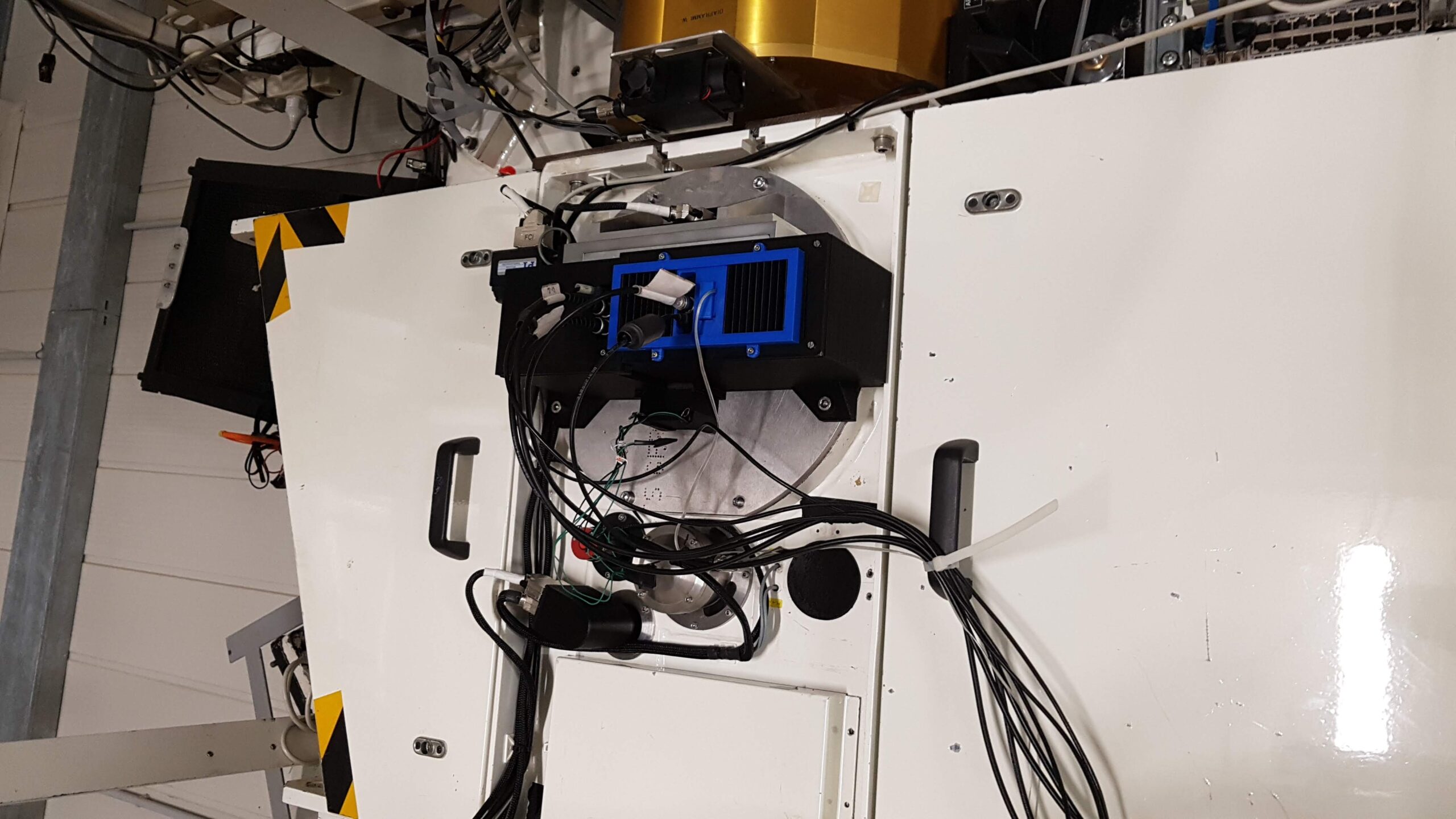
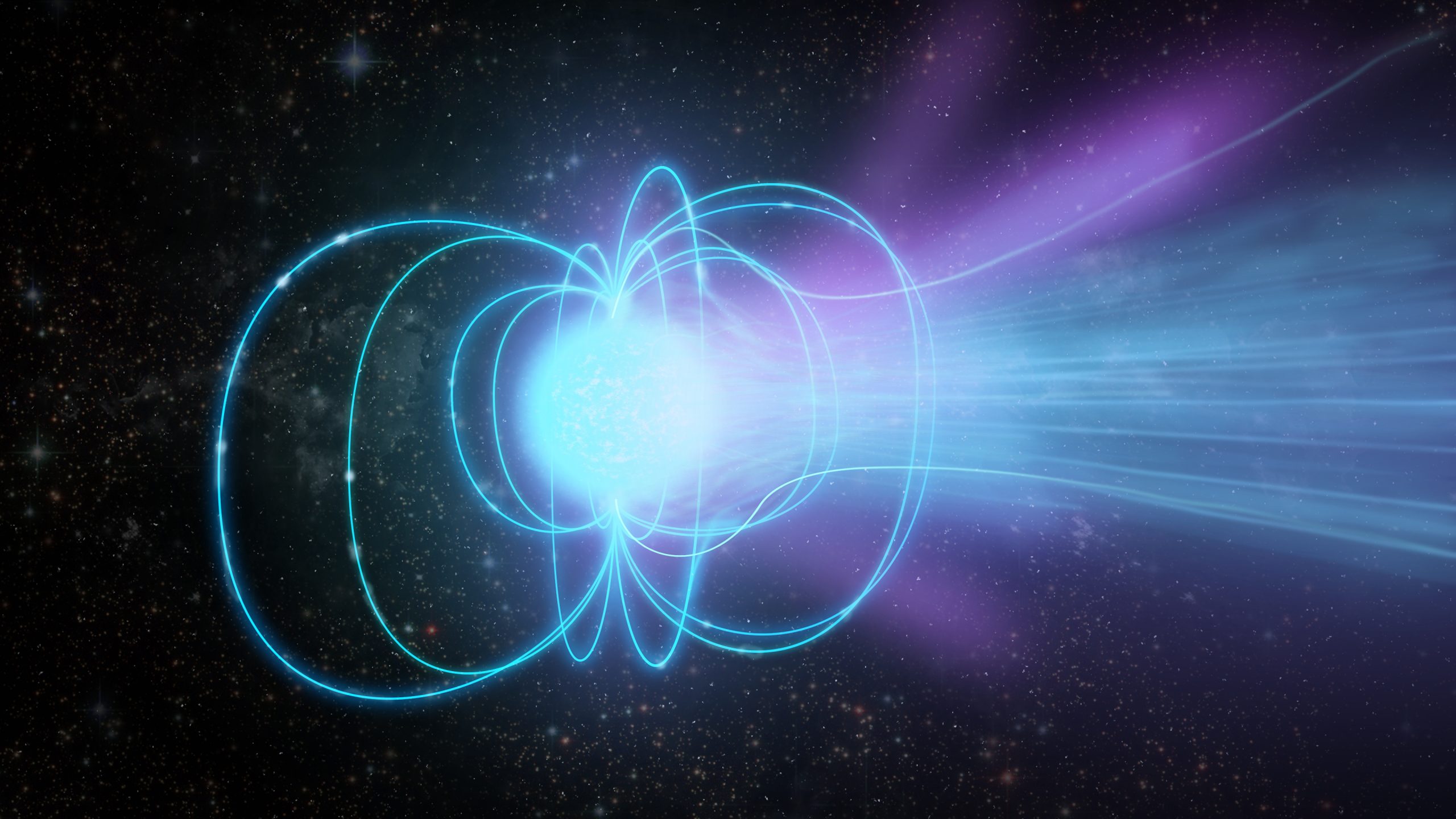
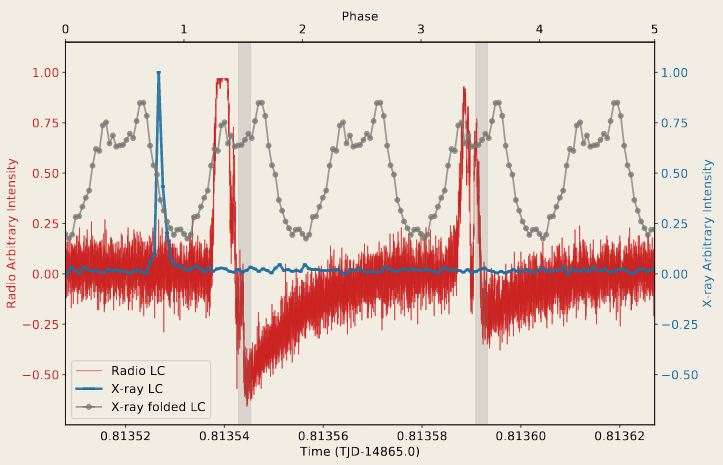
Search and study of new X-ray pulsars and/or pulsating ULXs
Our group is involved in the search of new X-ray pulsators in the public archives of high energy missions by using ad hoc algorithms developed in order to cope the specific time properties of different classes of pulsators. Moreover, we are widen the number of public archives where to apply our codes. Correspondingly, there are different possible work directions. Among others are:
- Search and study of a sample of new X-ray pulsators: Among the > 100 new pulsators identified by our group, a large number is still awaiting for a detailed study and classification. Timing and spectroscopic analysis are a fundamental tools to infer a number of important parameters of the accreting object.
- Search for new pulsators in not imaging instruments: not imaging instruments collect light (X-ray photons) from a given direction in the sky very efficiently but with no capability of positioning. Correspondingly, many X-ray sources with different flux levels might be recorded within the same datasets. Accelerated searches increase the capability of detecting X-ray pulsars moving in binary systems and/or with a strong first period derivative.
- Study of extragalactic sources in the LEdd < LX < LULX range: with the discovery of pulsating ULX hosting a NS, the 1039 erg/s limit for ULXs appears to be not-physical and calls for a more in-depth investigation of all those sources that could be neutron stars accreting at super-Eddington rates and which to date have not been adequately studied.
- In-depth study of the M51a/b population of ULXs: More than 1 million seconds exposure time datasets of the M51a/b Galaxy complex are available in the XMM archive. These can be used for a detailed timing and spectroscopic study of the whole population of X-ray sources (both ULXs and fainter ones) of the two Galaxies.
Contact: gianluca.israel @ inaf.it
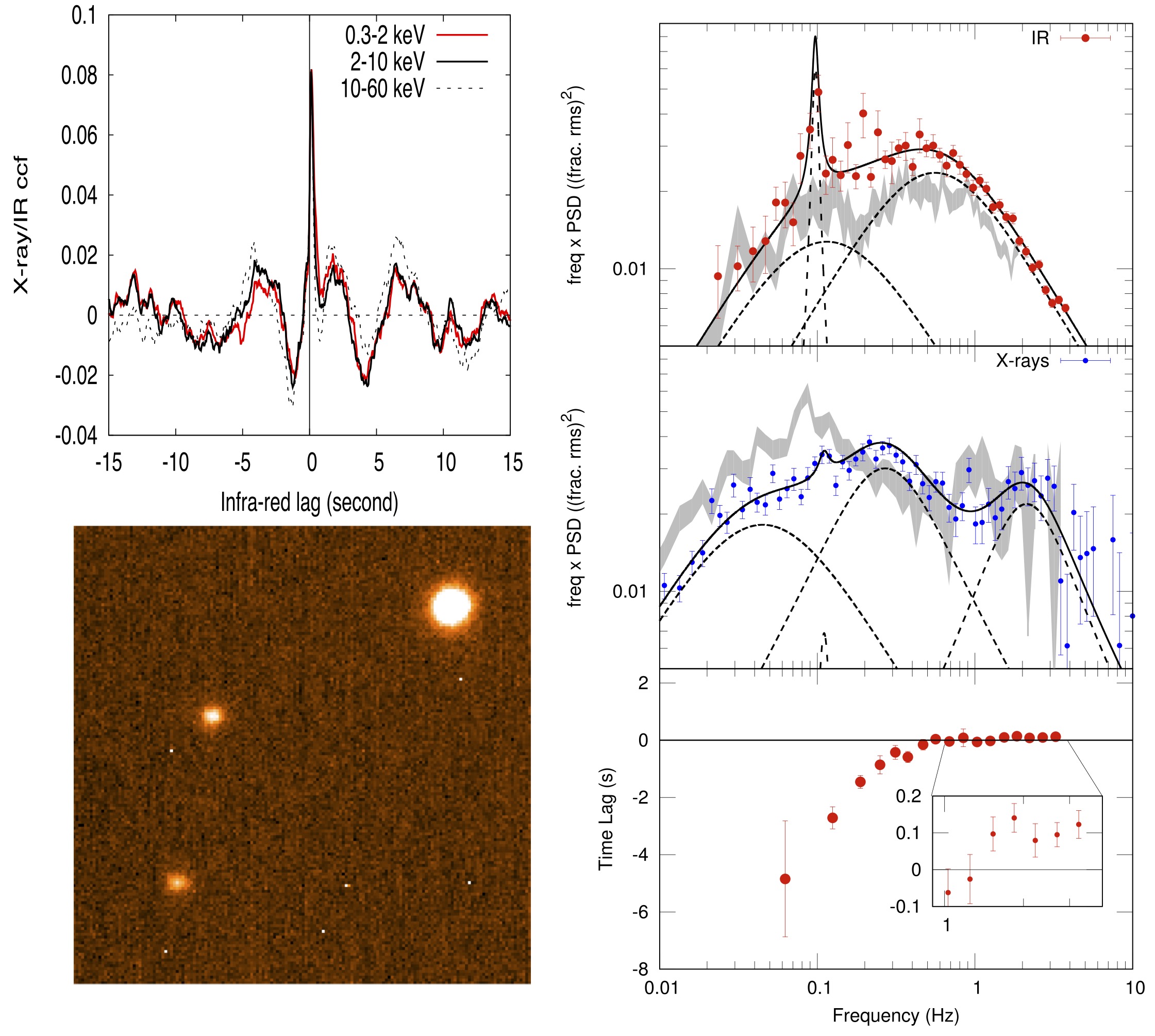
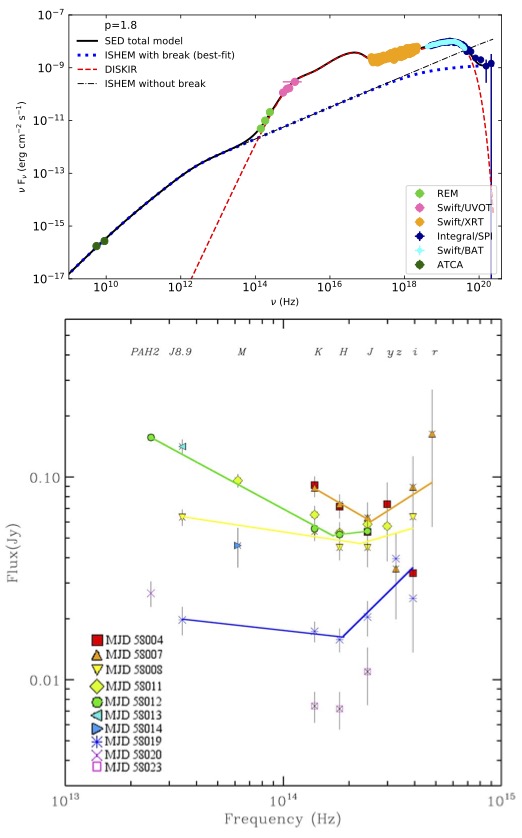

The challenge of optical millisecond pulsars
Our group is one of the key players in the study and characterization of millisecond pulsars, the fastest spinning neutron stars known. Either the quick rotation of the star's magnetic field or the accretion of matter captured from a companion star powers the emission of radio and X-ray MSPs, respectively.
Our group has recently discovered the first MSPs showing coherent pulsations in the optical band. This was possible thanks to the fast photometer SiFAP2 that our group operates from the INAF Telescopio Nazionale Galileo (TNG). Neither spin nor accretion-powered scenarios could explain the observed data separately, requiring a paradigm shift. In order to single out the physical mechanism behind optical pulsations, we have performed SiFAP2 observations of a sample of MSPs in different states.
- Mining the SiFAP2 dataset for optical millisecond pulsars: The proposed thesis work relies on the search and characterization of periodic signals in such proprietary data. During the work, the student would gain an expertise in timing analysis of astronomical datasets. In particular, he/she will learn how to search for weak periodic signals with a frequency modulated by binary motion.
Contact: alessandro.papitto @ inaf.it
Gamma-Ray Bursts, Kilonovae and Multimessenger Astronomy
- Scattering simulations in star clusters: formation of compact binaries and high-velocity neutron stars. Predictions for Einstein Telescope.
- Detection and photometric classification of kilonovae and GRBs in the Rubin Observatory era
- Multiwavelenght follow-up of tidal disruption event
Contact: silvia.piranomonte @ inaf.it, andrea.melandri @ inaf.it
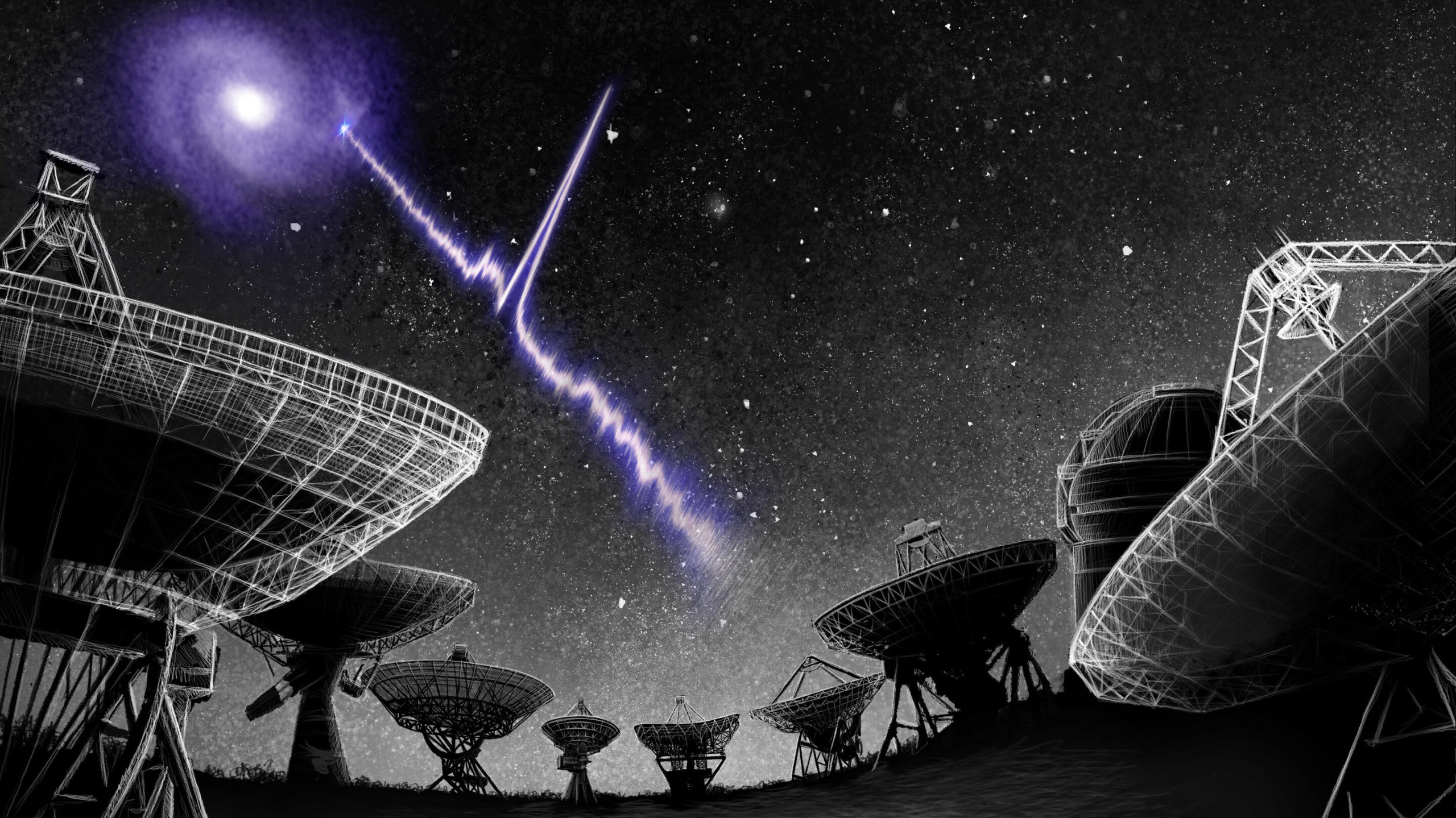
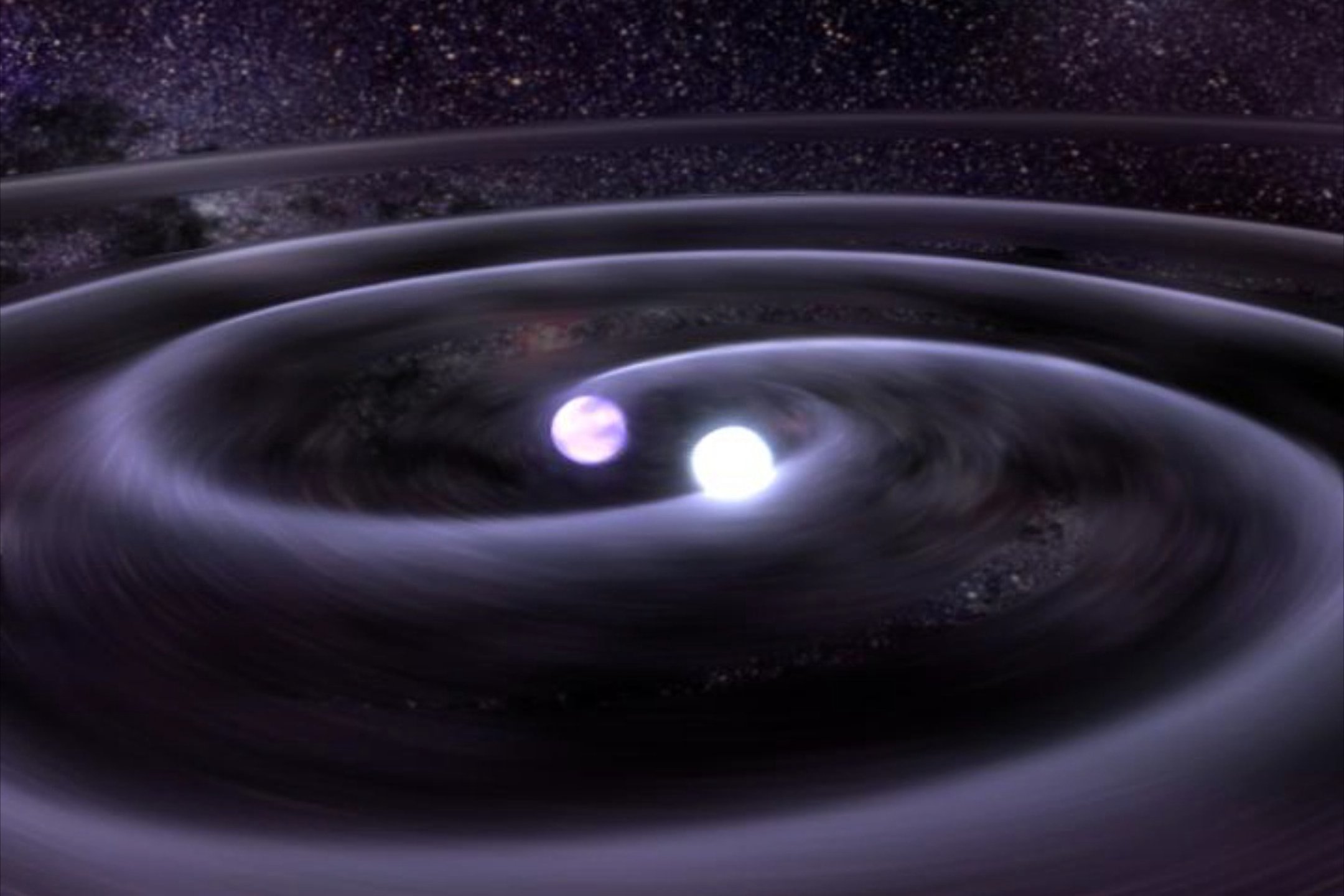
Fast Radio Bursts
- Searching the optical counterpart of Fast Radio Bursts - a puzzling new population of Fast Optical Bursts: the project builds on the large archive of high time resolution optical observations, collected with the ultra-fast optical photometer SiFAP2. We have recently discovered a population of fast (hundreds of microseconds to tens of milliseconds) optical bursts. The student will work on characterising these intriguing events, with the goal of identifying their origin.
- Investigating new avenues to understand Fast Radio Bursts: we recently developed a new model to explain many of the observable properties of FRBs, from their energy distributions to the seeming dichotomy between repeating and non-repeating sources. Extensions to the model and its application to the upcoming datasets of large surveys such as CHIME are both possible projects for prospective students.
Contact: filippo.ambrosino @ inaf.it, piergiorgio.casella @ inaf.it

